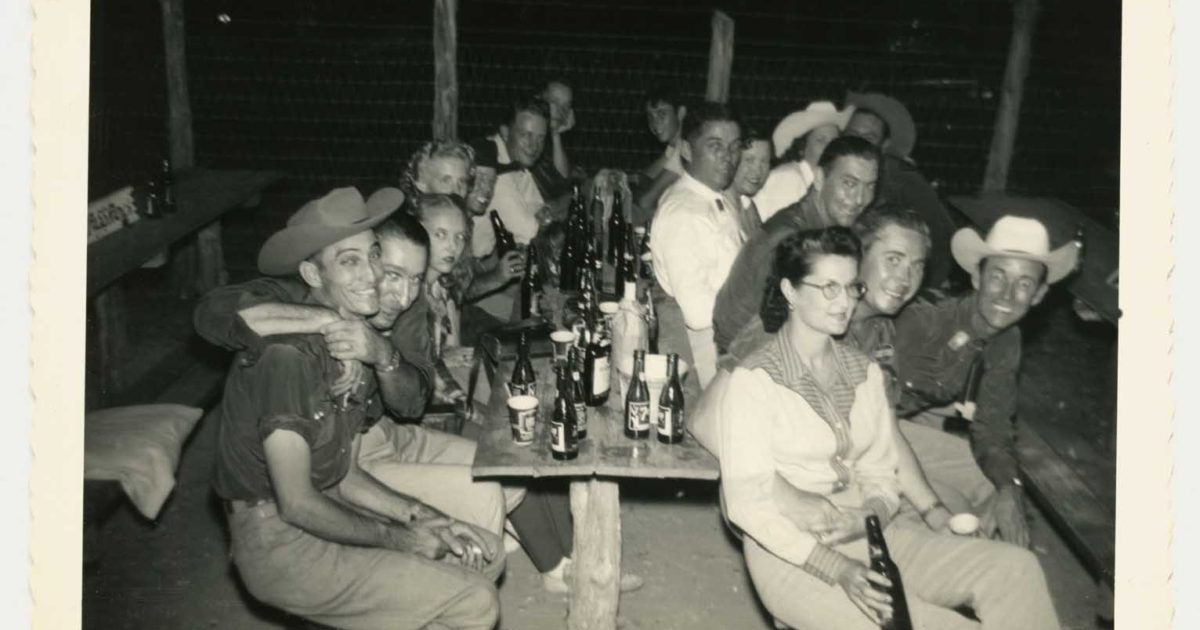Honky-Tonk | Branches of Country Music | Country Music | Ken Burns

During World War Two, a new sound sprang up in the darkened taverns and barrooms around the oil fields of Texas and Oklahoma, spread to California and then the industrial cities of the North. The beer halls were too noisy for acoustic instruments and too small for the big dance bands that played Western swing.
The music featured songs that dealt openly with cheating and drinking, and its sound included a piercing electric guitar, a driving drum beat, and a voice that delivered lyrics about both good times and heartbreak with emotional urgency.
It was called honky-tonk.
ncG1vNJzZmivp6x7sa7SZ6arn1%2Bgsq%2Bu1KulrGeTpMKvwNGyZKato56wcLTOp6KyZaSku6x5wauYp5uYmsBuu8Vmmqitnqm%2FunnMrqqimw%3D%3D